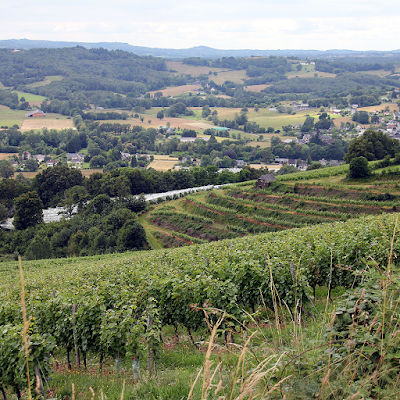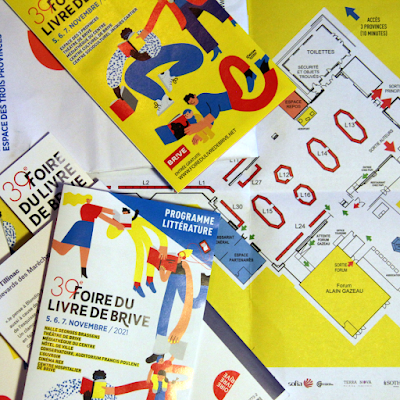 |
| View of Branceilles through the vineyards. |
 |
| Oak barrels in the cooperative cellar. |
 |
| Map of the vineyards and hikes. |
 |
| Hiking through the vineyards. |
 |
| Work in the vineyards. |
At La Min-sú de Terrasson, we assist travellers to organise itineraries, offering multi-language guidance to non-driving guests to savour the best of our castle-strewn riverlands and mesmerising prehistoric cave paintings. We offer you access to capture this rich cultural and historical heritage.
Our website: www.laminsudeterrasson.com
 |
| View of Branceilles through the vineyards. |
 |
| Oak barrels in the cooperative cellar. |
 |
| Map of the vineyards and hikes. |
 |
| Hiking through the vineyards. |
 |
| Work in the vineyards. |
 |
| Vineyards close to La Chartroulle. |
 |
| Slopes planted on terraces. |
 |
| Certified biological cultivation. |
 |
| Bottling at the chai. |
 |
| Gamade wines on display. |
 |
| Chagall windows of the chapel. |
The posters,bookmarks and leaflets were reprinted, the stickers had a whiff of ‘country’ this year. ‘ Ce qui nous unit tous les cinq n’est...
